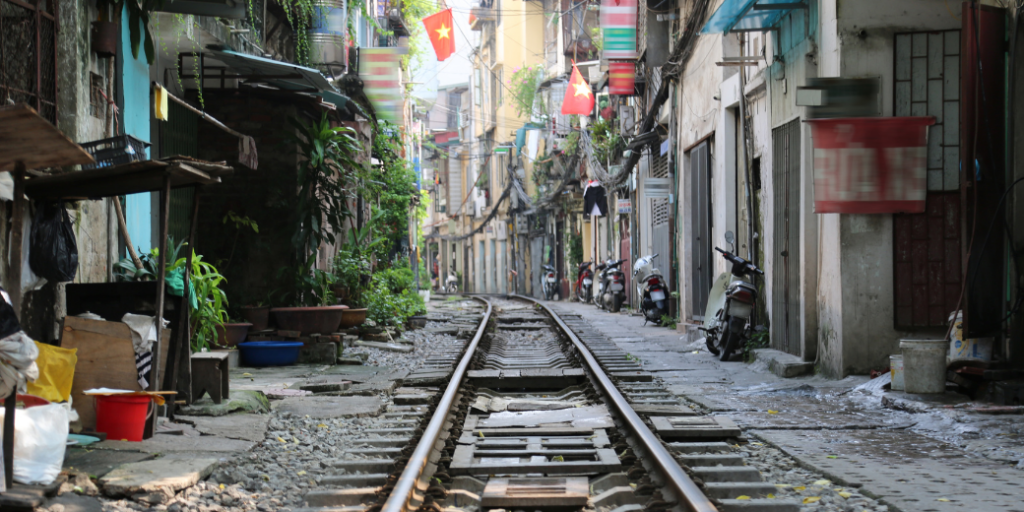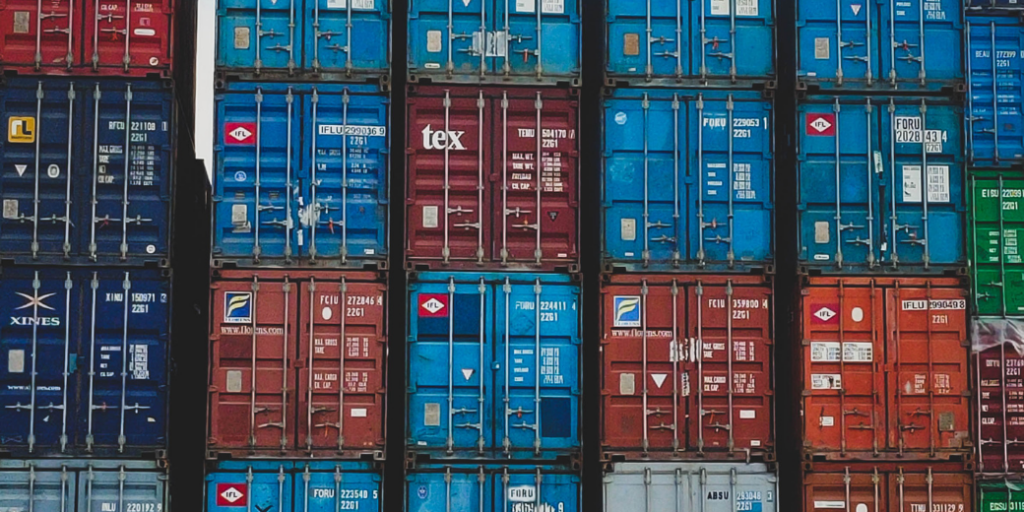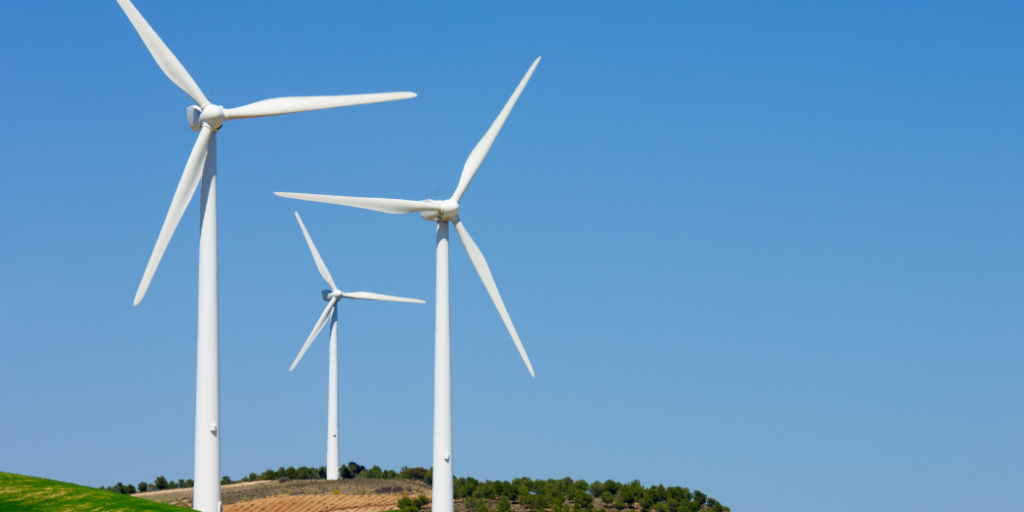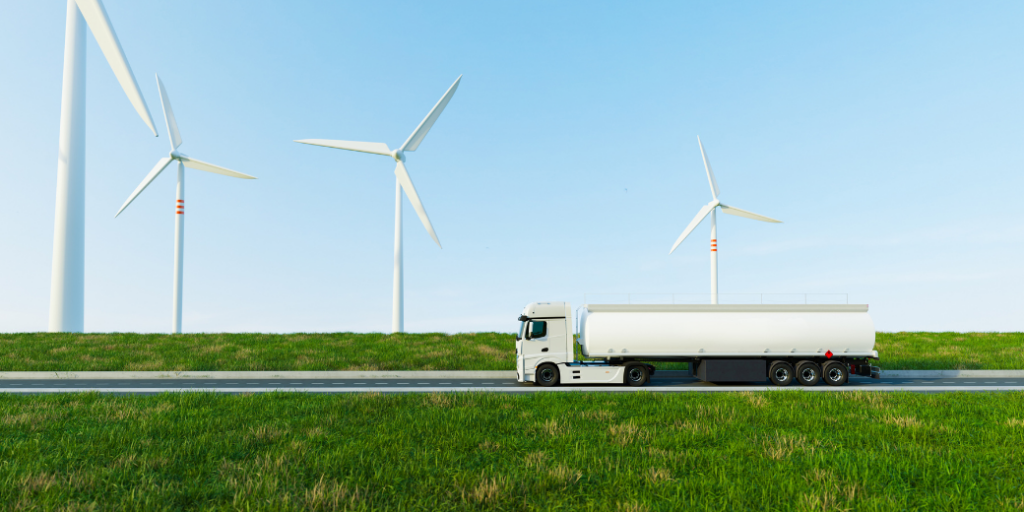Trend Reports
Vietnam’s Power Development Plan 8 (PDP8)
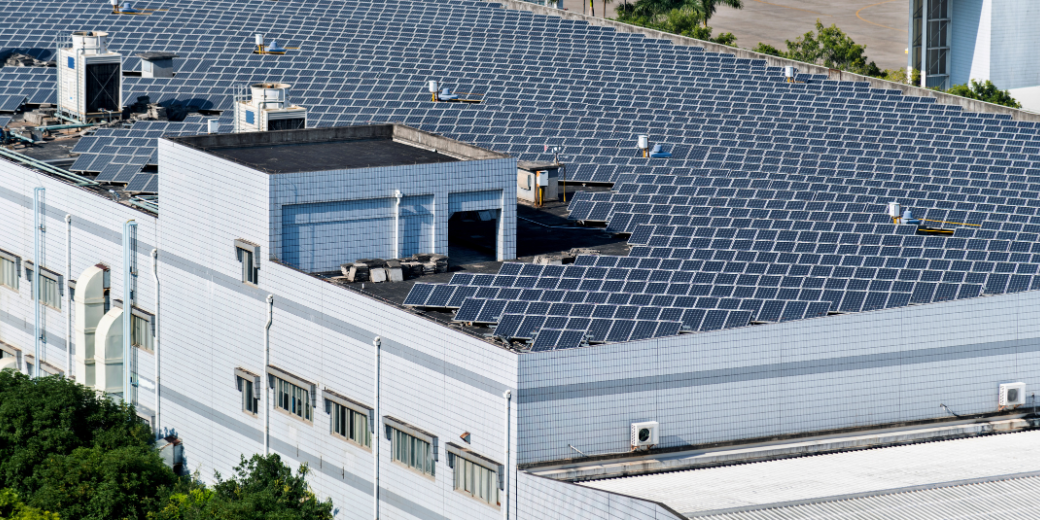
Vietnam’s Green Shift: PDP8 Navigates Energy Transition
| PDP8 as Vietnam’s Bold Renewable Energy Ambition
Vietnam’s Power Development Plan 8 (PDP8) stands as a seminal policy document, articulating a profound strategic shift towards accelerating the nation’s transition from a fossil fuel-dependent energy landscape to one dominated by renewables. Approved in May 2023, this comprehensive sectoral development plan spans the period 2021-2030, with an ambitious vision extending to 2050. At its core, PDP8 is designed to ensure national energy security, facilitate a just energy transition, and vigorously promote the development of renewable energy sources and associated new technologies. This commitment aligns seamlessly with Vietnam’s international pledges, particularly its aspiration to achieve net-zero emissions by 2050 under the Just Energy Transition Partnership (JETP).
| Coal Dominance Persists
As of 2024, Vietnam’s electricity consumption mix remains heavily reliant on non-renewable sources, presenting a significant challenge to its green transition ambitions. Coal and gas collectively accounted for over 50% of the nation’s electricity consumption, with coal power alone contributing a substantial 48%. While hydropower offers a tangible contribution at 31%, and solar and wind are growing, the prevailing dependency on fossil fuels underscores the urgent need for the strategic shift outlined in PDP8. This reliance on conventional sources not only poses environmental concerns but also introduces vulnerabilities related to fuel price volatility and supply chain security. The current landscape therefore provides a stark backdrop against which PDP8’s transformative objectives must be realised, highlighting the scale of the transition required to decarbonise the power sector effectively.
Source: Compiled by Uzabase based on data from Ministry of Industry and Trade and EVN Reports
Sources: Compiled by Uzabase based on Decision 500/QD-TTg
Net-Zero by 2050 Drives PDP8 Revisions
The commitment to net-zero by 2050 has been a primary catalyst for the iterative revisions and ratifications of PDP8, demonstrating Vietnam’s proactive stance on climate action. Following the initial approval via Decision No. 500 in May 2023, subsequent amendments, such as Decision No. 262 (approving the implementation plan) and Decision No. 768 (an extensive revision to ensure power supply meets surging economic growth needs), were ratified in April and December 2024, respectively. A further amendment to Decision 262 was issued in April 2025, supplementing the initial plan with detailed renewable energy project lists for 17 provinces and emphasising rigorous legal compliance. These continuous adjustments underscore a dynamic policy environment, responsive to both domestic energy demands and global sustainability imperatives. The revisions are meticulously aligned with fulfilling domestic electricity needs and supporting ambitious economic growth targets of 10% (2026-2030) and 7.5% (2031-2050), ensuring that energy policy remains a cornerstone of Vietnam’s long-term development strategy.
Sources: Compiled by Uzabase based on Decision 500/QD-TTg
Solar Leads Vietnam’s Renewable Investment Boom
| Rooftop Solar: Untapped Potential for C&I Growth
Vietnam’s solar energy sector presents a compelling near-term opportunity for rapid deployment and significant investment, positioning the nation as a burgeoning regional hub for renewable energy. With an estimated solar power potential of 963 GW and an installed capacity of 16.5 GW as of 2024, the market signals vast untapped potential across various segments. Strong prospects exist in rooftop solar, particularly for commercial and industrial (C&I) users, driven by new policies, including eligibility expansion to industrial parks and export processing zones, and the implementation of net-metering schemes. The robust demand from export-driven manufacturers, seeking green energy to meet sustainability commitments, further bolsters this segment. Beyond rooftop installations, utility-scale projects are gaining traction, capitalising on newly introduced Direct Power Purchase Agreements (DPPAs) in 2024 and region-specific feed-in tariffs (FiTs) introduced in April 2025, which offer premium rates for solar projects integrating energy storage systems.
The commercial and industrial (C&I) rooftop solar segment in Vietnam holds substantial, largely untapped potential, poised for significant growth following recent policy enhancements. A draft decree released in October 2024 notably expanded eligibility for rooftop solar installations within industrial parks (IPs) and export processing zones, among other areas. While many industrial parks and businesses have already embraced rooftop solar, this expanded eligibility is set to unlock larger-scale investment opportunities. The appeal of C&I rooftop solar is further amplified by attractive ownership models, predominantly Third-Party Ownership structures such as Lease agreements or Power Purchase Agreements (PPAs). These models are increasingly favoured over direct ownership as they effectively reduce upfront capital expenditure for businesses and transfer operational risks to solar service companies or Energy Service Companies (ESCOs). This financial flexibility, coupled with the rising demand from export-oriented manufacturers seeking to meet sustainability commitments, positions C&I rooftop solar as a high-growth segment, driving rapid deployment across Vietnam’s industrial landscape.
Source: Viet Nam News | Global Referral Network | Energy News | Vietnam Briefing| Solarquarter | The Investor | CEEW
| Direct PPAs: Liberalising Utility-Scale Opportunities
The approval of the Direct Power Purchase Agreement (DPPA) mechanism in 2024 represents a pivotal step towards liberalising Vietnam’s electricity market, opening new avenues for utility-scale renewable energy projects. This mechanism allows renewable energy developers to bypass the historical challenge of negotiating solely with the state-owned single off-taker, EVN, thereby fostering greater market autonomy and efficiency. DPPAs are particularly beneficial for large power consumers, defined as entities consuming 1 million kWh/year or more, who collectively account for approximately 25% of the total electricity consumption, encompassing over 1,500 customers. The ability for developers to connect directly with these large customers through a DPPA is expected to significantly support the development and financing of large-scale renewable energy projects.
Source: Vilaf | S&P Global
Wind and Storage: Untapped Potential Amidst Hurdles
| Onshore Wind Offers Near-Term Growth; Offshore Faces Delay
Vietnam’s wind power strategy under PDP8 clearly delineates a near-term focus on onshore and nearshore wind development, acknowledging its quicker deployment timeline compared to offshore projects. This prioritisation is crucial for bridging the immediate energy demand gap and capitalising on the vast onshore potential. However, the ambitious offshore wind targets, while offering immense long-term potential, are currently hampered by regulatory ambiguities and the inherent complexities of large-scale marine infrastructure projects. Decree No. 58/2025/ND-CP, issued in March 2025, mandates foreign investors to partner with local State-Owned Enterprises (SOEs), holding at least 5% equity in projects supplying the national grid. This requirement, while ensuring local participation, adds a layer of complexity to market entry. Despite incentives for early movers, such as sea area fee reductions and guaranteed power offtake, the full realisation of offshore wind potential hinges on the finalisation of a clear regulatory framework, including marine spatial planning details, a bankable Power Purchase Agreement (PPA) template, and transparent investor selection mechanisms. Without this clarity, the significant FDI inflows anticipated for offshore wind may face continued delays.
Source: Analysis based on Viet Nam News | Global Referral Network | Vietnam Investment Review
| Energy Storage Crucial for Renewable Integration
The imperative for robust energy storage solutions in Vietnam is paramount for effectively integrating its rapidly expanding renewable energy capacity into the national grid. The intermittent nature of solar and wind power necessitates sophisticated storage mechanisms, such as Battery Energy Storage Systems (BESS) and Pumped Storage Plants (PSP), to ensure grid stability and reliability. The establishment of the BESS Task Force in April 2025 signifies a concerted effort to accelerate the deployment of these critical technologies by fostering collaboration among key stakeholders and leveraging technical expertise. While global advancements in battery technology, particularly the decreasing cost of lithium battery cells, make BESS increasingly viable, Vietnam’s market is still in its nascent stages. This immaturity presents challenges, including a shortage of local technical expertise, which could lead to project development delays, elevated costs, and operational hurdles. Overcoming these limitations through capacity building and technology transfer will be vital for unlocking the full potential of energy storage, thereby enabling a more seamless and efficient integration of renewable energy into Vietnam’s power system and mitigating curtailment risks.
Source: Frasers | Vietnam Briefing | DFDL
Pricing and Grid: Critical Barriers to Green Transition
| Unfavourable Pricing Frameworks Deter Investment
The transition away from generous Feed-in-Tariff (FiT) schemes has left Vietnam’s renewable energy sector grappling with pricing frameworks that are largely perceived as unsupportive, thereby deterring critical investment. The conclusion of the FiT programme for solar and wind in 2020 and 2021, respectively, created a vacuum of pricing clarity for numerous projects already under development. While the Ministry of Industry and Trade (MOIT) introduced price ceiling frameworks in 2023 and a new FiT framework in April 2025, these have not fully assuaged investor concerns. The ceiling prices for transitional renewable energy projects in 2023 were significantly lower—nearly half—compared to the more attractive FiTs offered between 2017 and 2020. This substantial reduction in potential revenue has directly impacted project profitability and financial viability. Industry stakeholders contend that even the revised rates as of April 2025 remain insufficient to stimulate the large-scale investment necessary for achieving PDP8’s ambitious targets. Moreover, the denomination of these pricing frameworks in VND introduces considerable exchange rate risks for projects typically financed in USD, further eroding investor confidence and potentially slowing down the implementation of crucial renewable energy projects.
Source: Recessary | Vietnam News | Vietnam Energy Online (1, 2) | EVN | Allens | Legal500 | Vietnam Investment Review (1, 2)
| Transmission Grid Strain Risks Renewable Curtailment
The rapid build-out of renewable energy capacity in Vietnam has exposed a critical structural vulnerability within its power infrastructure: inadequate transmission capabilities. This deficiency has led to persistent grid congestion and significant curtailment risks, particularly in southern provinces with high concentrations of solar and wind farms. A notable example is the 450 MW Trung Nam solar project in Ninh Thuan, which reportedly faced a 40% output curtailment by EVN in 2022 due to grid strain. This issue is not isolated; in 2020, rapid solar installation resulted in EVN curtailing nearly 60% of excess solar electricity. While the Direct Power Purchase Agreement (DPPA) mechanism offers some alleviation by allowing direct connections between developers and large consumers, the fundamental infrastructure deficit in key renewable-rich regions like Ninh Thuan and Binh Thuan persists.
Source: Reuters | Recessary | B&Company | Source of Asia | Energy Transition Partnership | TTC Group | Vietnam News | Vietnam Investment Review | Power Technology | Economic Development Board
Seize the Investment Potential of Vietnam’s Energy Transition with Speeda
Vietnam’s Power Development Plan 8 (PDP8) signals a decisive shift toward renewables, opening up compelling opportunities across rooftop solar, onshore wind, energy storage, and utility-scale infrastructure. For investment banking professionals, private equity firms, and M&A specialists exploring Vietnam’s evolving energy landscape, actionable insights are critical to identify high-growth sectors and assess risks with confidence.
Speeda is your all-in-one platform for investment research and strategic analysis. With comprehensive access to over 11 million company profiles, 3,000+ in-house industry reports, and a database of 1.8 million M&A and fundraising deals, Speeda empowers users to conduct deep-dive research efficiently.
Sign up for a free trial to discover how Speeda can support your investment research and decision-making in Southeast Asia’s fast-moving energy sector.




